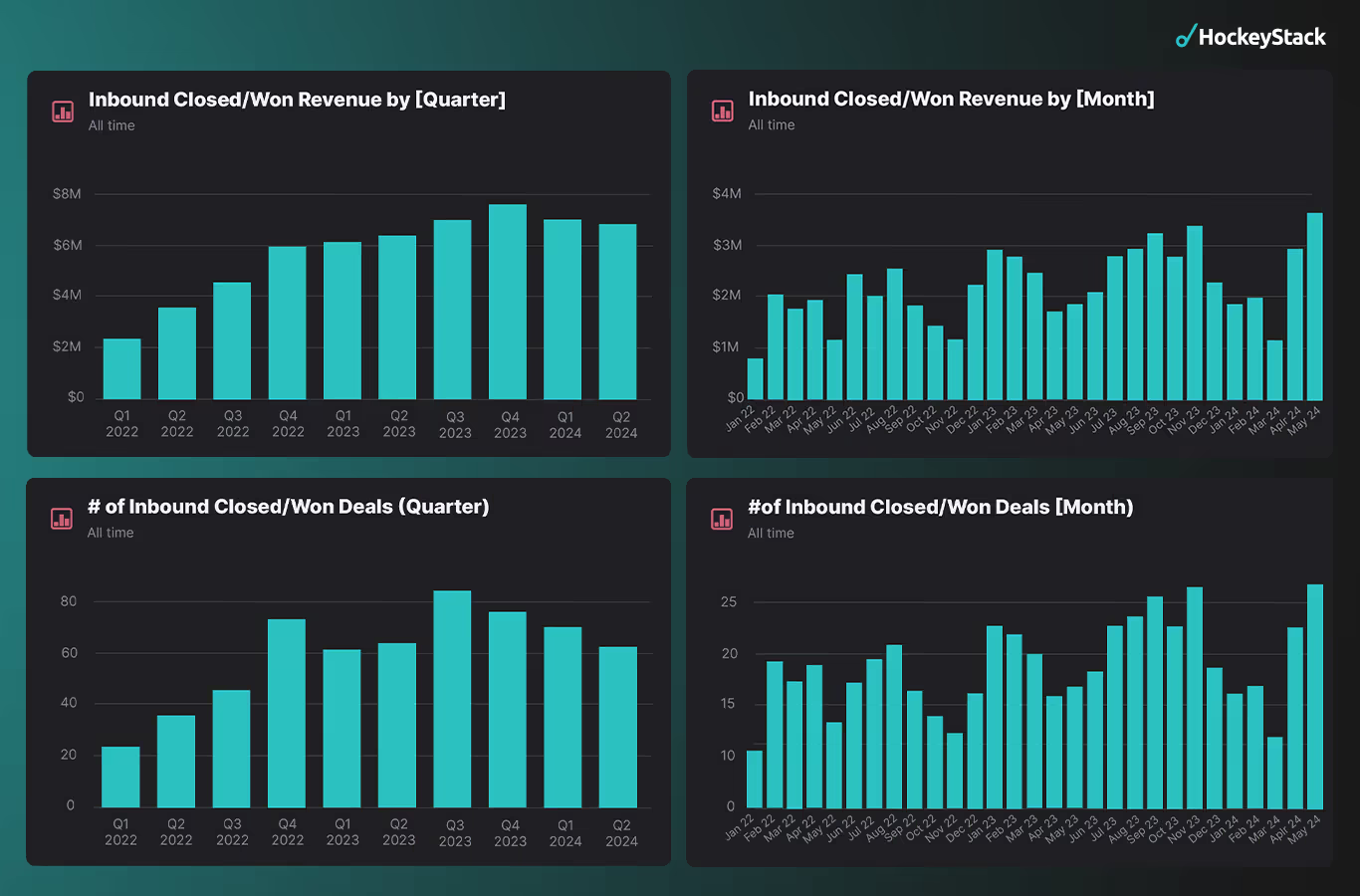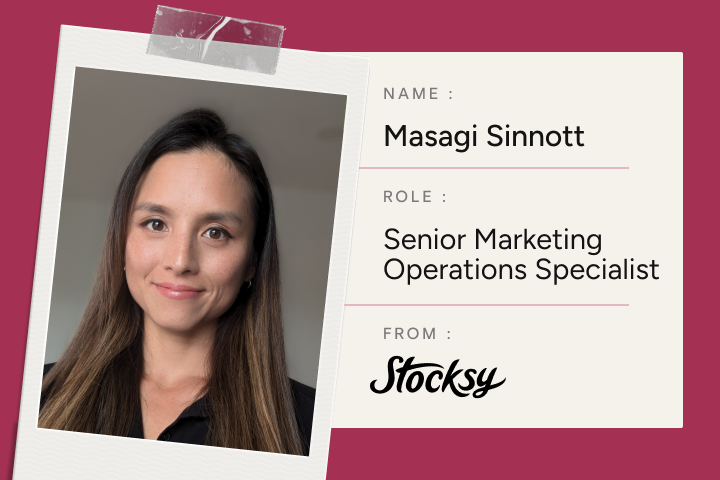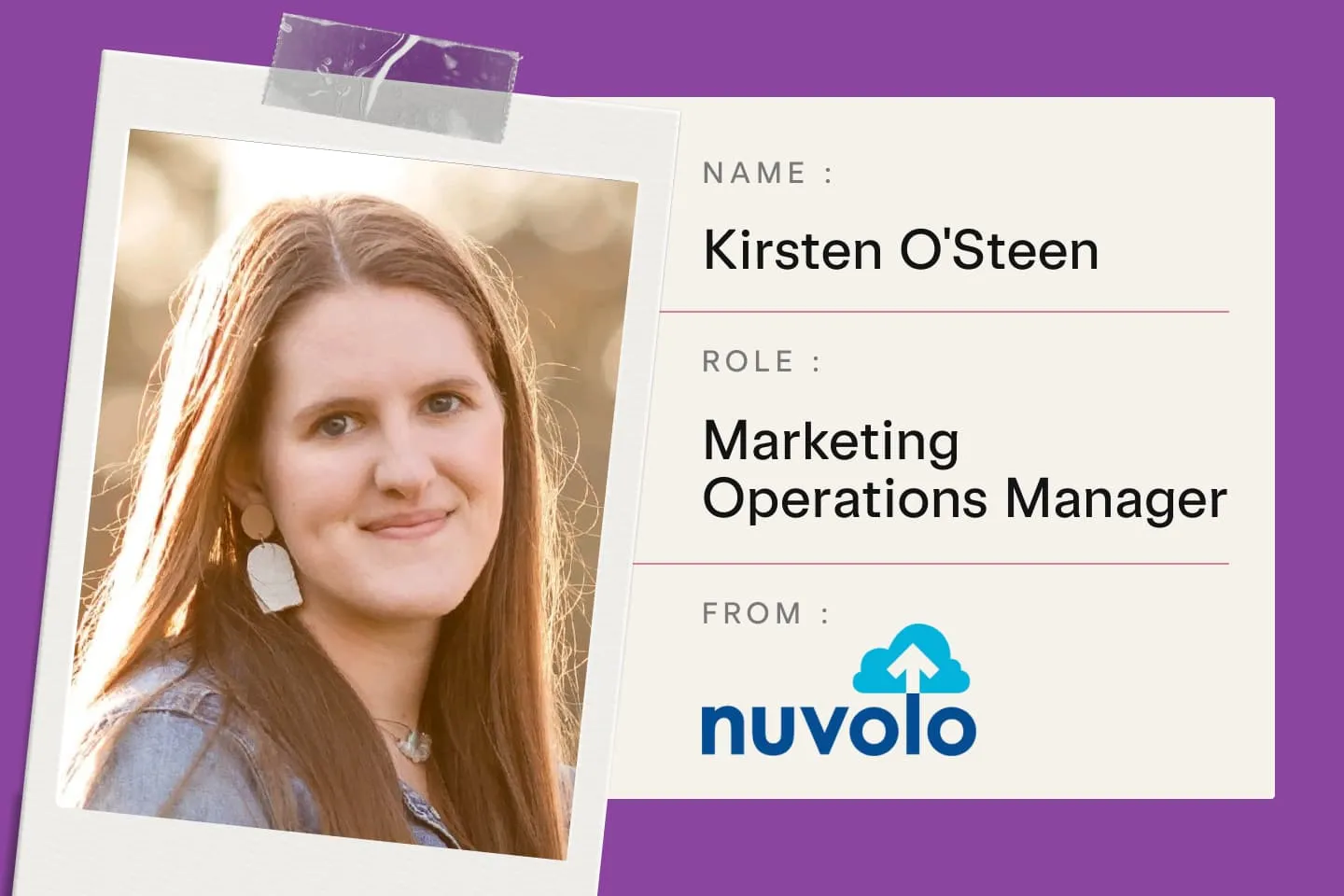Ashley Lewin's Inbound Reporting Dashboard
How does Refine Labs's Ashley Lewin measure and report on marketing performance MoM/QoQ?
What does this report measures?
- Inbound closed/won revenue (monthly/quarterly)
- # of inbound closed/won deals (monthly/quarterly)
- Qualified pipeline (monthly/quarterly)
- # of qualified opps created (monthly/quarterly)
- # of inbound high-intent conversions (monthly/quarterly)
- High-intent win rate
- Qualified opp win rate
- Average deal size
- Annual contract value (ACV)
How can I use it?
This dashboard will help you:
- Measure inbound marketing performance
- Spot trends in pipeline and revenue over time
- Align marketing and sales around qualified pipeline
Inbound reporting dashboard breakdown
“There will be segmentations, drill-downs, and separate reports outside this dashboard, and customizations per company. But at a minimum, these KPIs keep me on track in a high-level, bare-bones view.” - Ashley Lewin
How does Ashley Lewin of Refine Labs keep a pulse on performance trends for her clients?
Using a series of bar charts that measure quarterly and monthly performance.
Let’s break it down.
Closed/won revenue by quarter and month
Closed/won revenue is the lagging indicator for marketing and sales. By visualizing revenue monthly and quarterly, you can easily spot trends.
Here’s how Ashley does it in her dashboard:

Qualified Pipeline by Quarter and Month
Pipeline gets defined differently at different companies. For example, at Company A, they may start counting pipeline as early as a lead (Stage 1). But at other companies, they may start counting pipeline when a demo is attended (Stage 3). Does it matter? Yes.
It’s best to align marketing and sales using pipeline, not leads, since it puts the focus on revenue contribution, not MQLs. But when you count pipeline before sales has qualified prospects (Stage 1), you run into the same issue you run into when using leads as your north star metric: low quality, low predictability.
Therefore, when measuring pipeline, use qualified pipeline- or pipeline that sales has qualified as high-intent buyers.
The result?
- More alignment- qualified opps create a quality threshold sales and marketing can agree on
- More predictability- you know that 1 in 4 deals will close
- More accurate reporting, forecasting, and modeling
How does Ashley Lewin define qualified pipeline? At whatever deal stage (MQL, SQL, opportunity, etc.) has a historical win rate of 25% or greater. For example, if you win deals at 35% from the discovery call, then you can confidently consider disco calls qualified pipeline. But if you only win disco calls at a rate of 10%, you need to look deeper down the sales funnel for a higher converting stage. Ashley reports on qualified pipeline and number of qualified opportunities, monthly and quarterly:

High Intent Conversions by Quarter and Month
Next up: high-intent conversions.
Not all conversions are created equal. For example, do all ebooks downloads have intent to buy? No- most of them don’t. When you include ebook downloads as marketing qualified leads, then dilute your lead pool with low-quality, low-intent leads. Instead, focus on high-intent conversions.
How does Ashley and Refine Labs define high-intent conversions? Literal hand-raisers who ask to speak to sales. For example, a “schedule a demo” or “contact sales” form fill.

Vitals at a glance
Last, Ashley measures four crucial vitals on a trailing six month basis:
- Inbound high-intent conversion win rate: total high-intent conversions divided by total closed (won+lost) *this eliminates open deals
- Qualified opportunity win rate: total closed/won divided by total closed (won+lost) *this eliminates open deals
- Average inbound sales cycles duration: the number of days it takes to close an opportunity, on average
- Average inbound annual contract value (ACV): How much a customer spends with your company per year, on average. To calculate, divide closed/won ARR ($) by total opportunities won in a given period
-

Learn more about how HockeyStack helps marketing, revenue, and sales teams surface and action insights like the ones in this template by exploring the interactive demo or booking a virtual demo.

About the Marketer:
About: Ashley Lewin is a Senior Director of Demand Generation at Refine Labs. She's spent the last eight years leading demand gen at various B2B companies, and when she's not helping her clients grow, she's posting some of the best Linkedin content in our industry about reporting and measuring demand generation.
Website: RefineLabs.com
Connect on Linkedin: Ashley Lewin



